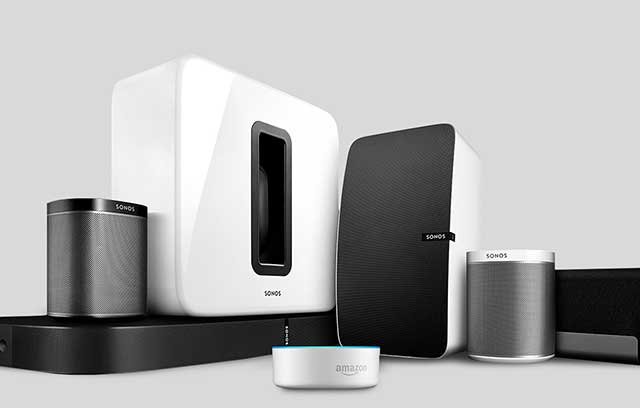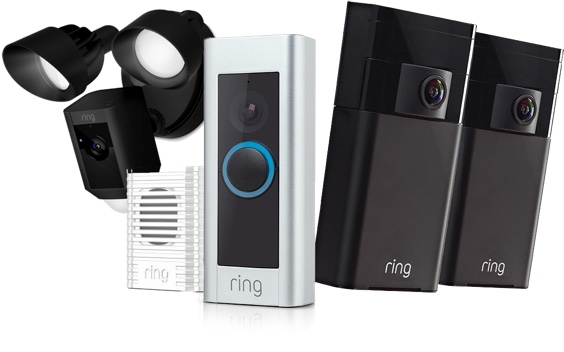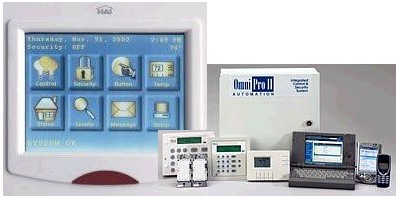
SmartHome
Integration
Your household has a pretty set repetitive schedule. Through a series of simple programming, a repetitive set of commands will occur on the days and at the times you choose to set lighting and HVAC levels to wake up, settle in, or put to sleep your home.
Your plans change one day and you come home earlier or later, get hung up shopping longer than expected. What do you do? You can access your home from any phone, access your home from your computer at work, and with a simple command set your home into the condition you want it in when you walk in. Security OFF, Light levels set, HVAC set, house audio on. It's endless.
Your plans change one day and you come home earlier or later, get hung up shopping longer than expected. What do you do? You can access your home from any phone, access your home from your computer at work, and with a simple command set your home into the condition you want it in when you walk in. Security OFF, Light levels set, HVAC set, house audio on. It's endless.

Security
Services
Perimeter Protection - This comes in several forms. The first layer would be to contact all exterior doors. Second would be all accessible windows. There are also glass break sensors, which enhances your window contacts. You may want to wire your screens if you have casement windows. This allows you to open a window on a nice day and still be protected. A third could be a driveway contact to announce someone coming on to your property. There are motion and pressure sensing devices that can be installed to capture, notify, or deter someone trying to gain access to your premises. It all depends on what your needs are. You can even contact the mailbox to notify you when your mail has arrived!
Interior protection - This is where your 2nd level of protection comes in to place. Someone has made it past the 1st level and is inside. Motion sensors strategically placed will pick them up. Pressure sensors can be installed in certain critical areas, and you can even install audio detection devices.
Interior protection - This is where your 2nd level of protection comes in to place. Someone has made it past the 1st level and is inside. Motion sensors strategically placed will pick them up. Pressure sensors can be installed in certain critical areas, and you can even install audio detection devices.

Office Workflow
Automation
You can monitor and adjust your home's heating and A/C system. You can operate the thermostat directly from it's simple keypad features, or remotely from any phone, or an external Web linked computer.
You can place invisible temperature sensors instead of thermostats, and install all thermostats in a control room to keep walls clean and uncluttered. Or just hide them in a closet or inconspicuous place. Monitor and use outside temperature and humidity to send info to your HVAC system. Achieve maximum comfort, lower utility bills, and have quicker more convenient control of your home or office.
You can place invisible temperature sensors instead of thermostats, and install all thermostats in a control room to keep walls clean and uncluttered. Or just hide them in a closet or inconspicuous place. Monitor and use outside temperature and humidity to send info to your HVAC system. Achieve maximum comfort, lower utility bills, and have quicker more convenient control of your home or office.
 Eagle Computer and Automation Services
Eagle Computer and Automation Services